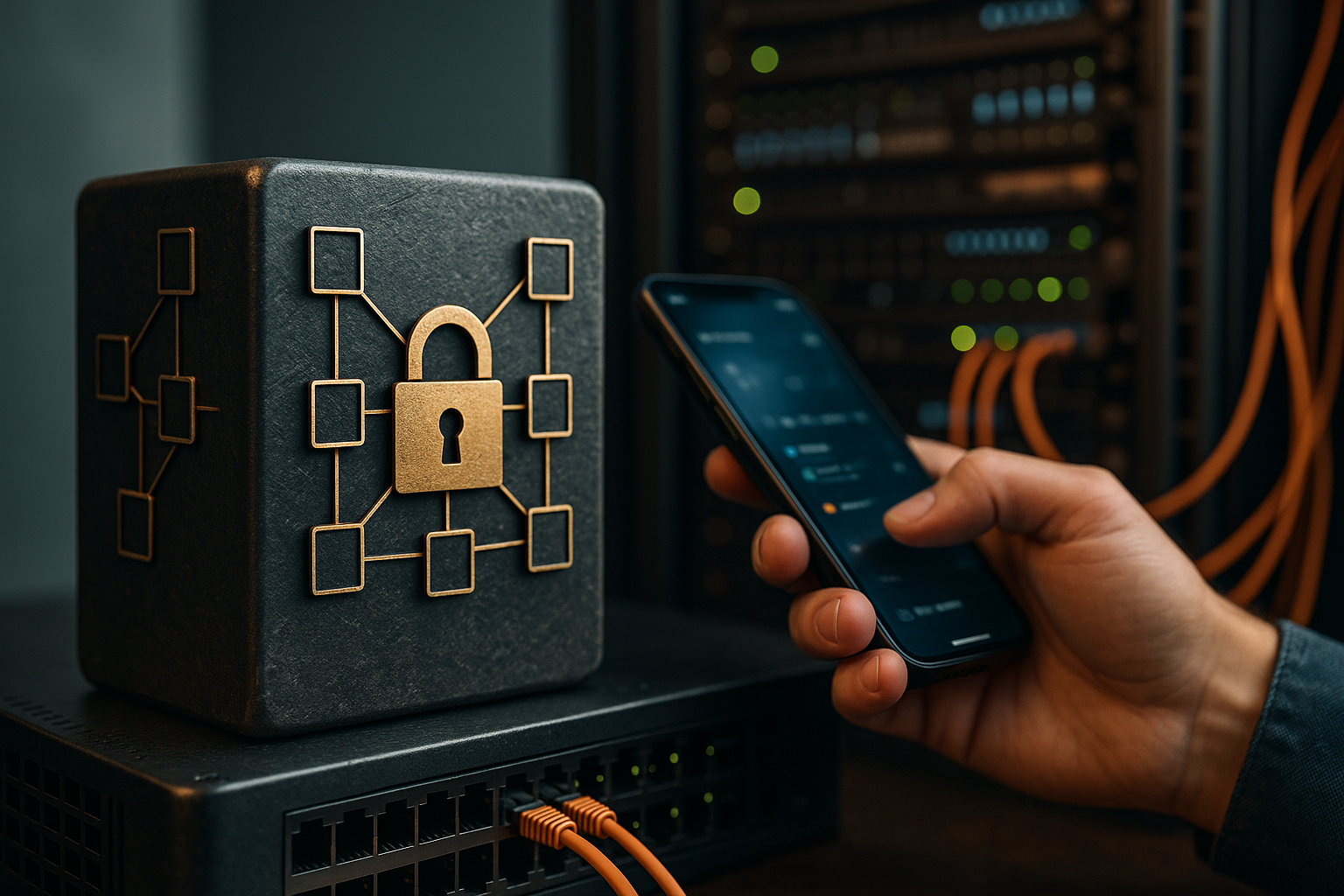Wireless Security: Protecting Wi-Fi, Devices, and Internet Access
Wireless security is the set of practices, protocols, and tools used to protect Wi‑Fi networks, connected devices, and the internet traffic that travels between them. With more devices, smart home gadgets, and remote work across the globe, securing wireless links is increasingly important for personal privacy and business continuity. This article explains core concepts, practical steps, and regional considerations to help readers improve cybersecurity and online safety for home, small office, and public network use.

What is wireless security and why it matters
Wireless security refers to measures that prevent unauthorized access, eavesdropping, and tampering on Wi‑Fi and other wireless links. Unlike wired networks, radio signals broadcast beyond physical walls, so attackers can attempt to access networks from outside a building. Strong wireless security reduces risks like credential theft, data interception, and device compromise. It also supports compliance with privacy rules when personal or business data traverse the internet. Understanding wireless security basics helps people make better choices about passwords, devices, and network configuration.
How cybersecurity principles apply to Wi‑Fi
Core cybersecurity principles — least privilege, encryption, patching, and monitoring — apply directly to wireless networks. Use strong, unique passphrases and modern encryption standards (WPA3 where available) to protect data in transit. Keep router and device firmware updated to fix vulnerabilities. Implement network segmentation so sensitive systems are isolated from guest devices and IoT gadgets. For businesses, use centralized management and authentication (RADIUS, 802.1X) to control who can join the network. Regularly audit access logs and use intrusion detection for suspicious activity on the internet-facing side of your wireless infrastructure.
Practical steps for online safety at home and work
Improve online safety by combining technical and behavioral measures. Change default router credentials, disable remote administration unless needed, and enable automatic updates. Create a separate guest network for visitors and a distinct SSID for IoT devices to limit lateral movement. Use a reputable VPN on public Wi‑Fi to encrypt traffic to the internet, and prefer HTTPS websites and multi‑factor authentication for accounts. Educate household members or employees about phishing, suspicious hotspots, and the risks of sharing network credentials. These steps reduce the attack surface and make unauthorized access less likely.
Wireless security considerations in Portugal and local services
In Portugal, businesses and residents follow EU privacy and cybersecurity frameworks that affect how network operators and service providers handle personal data and incident reporting. When seeking local services, look for providers that support secure Wi‑Fi configurations, regular maintenance, and clear data-handling policies. Local IT firms and internet service providers in your area can offer router setup, managed firewalling, and network assessments tailored to Portuguese regulations and language. Always confirm that contractors follow best practices for encryption and updates, and check reviews or certifications when selecting a local service provider.
Common wireless threats and how to respond
Common threats include weak‑key cracking, rogue access points, evil‑twin hotspots, and vulnerable IoT devices. Attackers may use packet sniffing to capture unencrypted traffic or set up malicious hotspots that mimic legitimate SSIDs to harvest credentials. Respond by disabling legacy protocols (WEP, TKIP), enabling the strongest supported encryption, and turning off WPS where possible. For suspected compromise, isolate affected devices, change network passphrases, and update firmware. For businesses, create an incident response plan that includes containment, forensic analysis, and communications consistent with applicable data-protection rules.
Managing devices and future trends in wireless security
Device management is central to wireless security: maintain an inventory of connected devices, apply vendor updates, and remove unused equipment. Consider network access control (NAC) to enforce endpoint posture before granting Wi‑Fi access. As Wi‑Fi standards evolve, features like WPA3, Protected Management Frames (PMF), and improved authentication methods provide stronger protections; plan upgrades to compatible hardware when feasible. Also watch for emerging risks tied to increased internet-of-things adoption and coordinate with device manufacturers to address firmware vulnerabilities promptly.
Conclusion
Wireless security combines straightforward habits—strong passwords, firmware updates, separate guest networks—with wider cybersecurity practices like segmentation, monitoring, and endpoint management. Whether you are securing a home network, a small office in Portugal, or connecting on public internet hotspots, adopting layered defenses reduces exposure to common threats. Regular review, education, and using current encryption standards will keep Wi‑Fi and connected devices safer over time.





